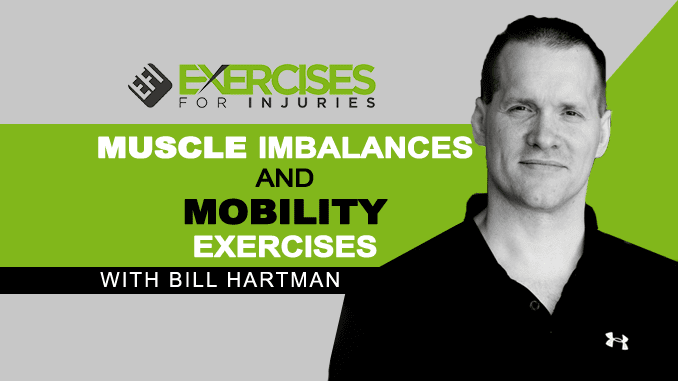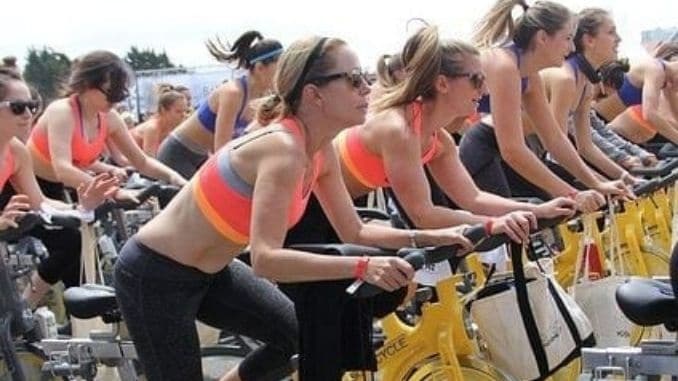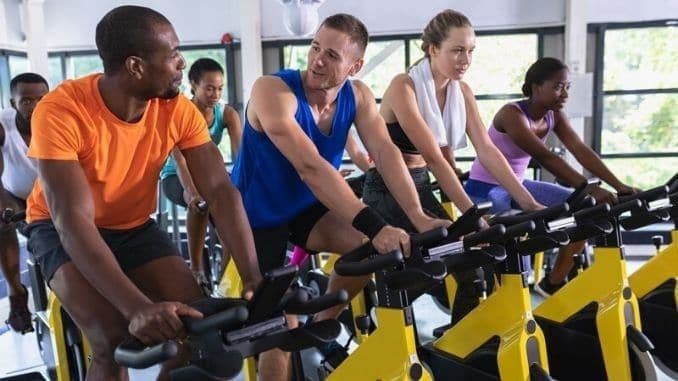
Muscle imbalances are where one or more of your muscles are more robust than the others. The mobility exercises help you strengthen weaker muscles and stretch the stronger/overactive muscles. No matter how casual, you have experienced muscle imbalances if you have ever played a sport. If you have ever had to stop and stretch your hamstrings every time you did lunges or squats, chances are you have experienced muscle imbalances. Improper muscle balance, also known as muscle strain, is when you have one muscle group that out-performs the others. When this happens, you have a chance of developing a muscle imbalance.
Muscle imbalances can lead to various performance issues in the gym and the playing field. The human body is a fantastic machine. One that harbors a vast potential but can be held back from its maximum potential. Skeletal muscles are no exception. Except for the heart, every muscle in the human body is under constant tension. That means we must work harder to maintain the same level of muscle contraction as before. This constant tension is what allows us to perform daily tasks, as well as participate in sports and activities.
Which Exercises Are Most Likely to Cause an Imbalance?

The most common imbalance, by far, is having stronger iliopsoas muscles in your abdomen and hip region. This often happens because the movement patterns in these exercises are similar to the motions of walking, so they activate those muscles more than others. But other common causes of imbalances include:
- The overuse or under-use of different muscle groups in your arm or leg
- Exercises that work one side of your body more than the other
- Activities that require you to twist at the torso while carrying weight
If we don’t balance the tension of our muscles, we can end up with muscle imbalances. When our muscles don’t function at their total capacity, we can develop imbalances in certain muscle groups. These imbalances can lead to pain and fatigue or cause our muscle strength and endurance to decrease. Endurance athletes are more susceptible to muscle imbalances because they must maintain a high level of tension for long periods.
Muscle imbalances and mobility exercise tremendously impact your overall health and performance. These exercises keep your muscles, joints, ligaments, and tendons supple and robust. As a result, mobility exercises help you maintain your athletic ability for longer. The flexibility to move throughout your day is essential to maintain good physical and mental health. Mobility exercises can help you stay active and reduce the risk of chronic diseases.
Working out isn’t always the most pleasant experience, especially if you don’t have the right equipment to help you get the job done. You must do some cardio and strength training to get in top physical form. Furthermore, you also need to be able to change up your routine every so often to prevent your body from adapting to the same old workout repeatedly.
This article will discuss some of the best ways to improve your fitness. From cardiovascular training to strength training, we’ll explain the benefits of each and give you tips on how to get started with each. Who it helps: It doesn’t matter if you’re looking to maintain your current fitness level or to go beyond and become a high-level athlete. Working out regularly can help you improve almost every aspect of your life. When you consistently work on your fitness, you’ll be able to reduce the risks of diseases like heart disease and diabetes. You’ll also reduce the chances of injury and boost your immune system.
Even if you’re not looking to get into high-level fitness, working out regularly can help improve your fitness level, making you feel better about your body and confidence.
Muscle imbalances and mobility exercises on Bill Hartman.
A little more of a sneak peek at what I have been working on.
This is a webinar clip from Bill Hartman.
Below, Bill is talking about the importance of mobility.
CLICK HERE to watch the YouTube video.
MUST DO Whole Body Mobility Exercise
Rick Kaselj, MS


